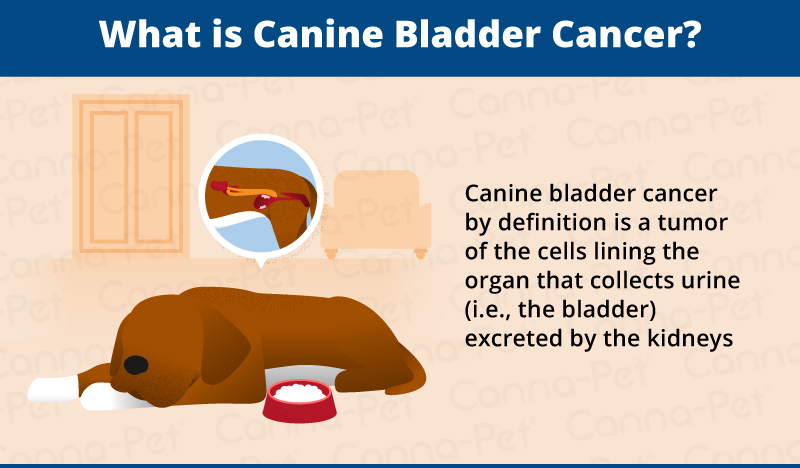Bladder cancer in dogs remains a source of concern, often misconstrued by pet owners. Just like humans, dogs are susceptible to this disease, underscoring the importance of early identification and efficient treatment. This piece explores the core elements of bladder cancer in dogs, encompassing its origins, signs, diagnostic procedures, and treatment options. By shedding light on these aspects, it equips pet owners with the knowledge to offer the best possible care for their cherished animal companions.
Root Causes and Vulnerabilities
Canine transitional cell carcinoma (TCC), which is the scientific term for bladder cancer in dogs, arises within the urinary bladder lining. Despite continuous research efforts, the exact origins of this disease continue to puzzle scientists. Nevertheless, researchers have identified specific risk factors.

Read more.. Going with Pets: Tips for a Pet-Accommodating Excursion
Recognizing Telltale Signs
Early detection of bladder cancer is pivotal for timely intervention. Familiarizing oneself with the symptoms is crucial. Dogs afflicted with bladder cancer often exhibit:
- Frequent Urination: Dogs may urinate more frequently than usual, typically in smaller amounts.
- Hematuria: Blood in the urine, known as hematuria, is a prominent and alarming symptom.
- Difficulty Urinating: Dogs might experience pain or discomfort during urination, indicating a potential problem.
- Urinary Accidents: Previously house-trained dogs may start having accidents indoors, signaling bladder issues.
- Lethargy and Appetite Loss: Bladder cancer can cause general discomfort, leading to reduced activity levels and a decreased appetite.
Early Diagnosis is Key
If you observe any of these symptoms, seeking immediate veterinary assistance is imperative. The diagnosis of bladder cancer generally involves a thorough physical examination, urinalysis, imaging tests like ultrasounds or X-rays, and sometimes, a biopsy for definitive confirmation. Early detection significantly enhances the prospects of successful treatment and an improved quality of life for the affected dog.
Available Treatments
The treatment for bladder cancer in dogs hinges on the disease’s stage and the overall health of the animal. Common treatment modalities include:
- Surgery: Surgical removal of the tumor or a portion of the bladder may be considered if the cancer is localized.
- Chemotherapy: Chemotherapy drugs can aid in shrinking tumors, easing symptoms, and slowing down disease progression.
- Palliative Care: In advanced and aggressive cases, palliative care focuses on providing comfort and managing pain to enhance the dog’s quality of life.
- Holistic Approaches: Some pet owners explore holistic therapies, such as dietary changes, herbal supplements, and acupuncture, to complement conventional treatments.

Read more.. Discovering the Best Accessories for Your Beloved Cats Online
In Conclusion
Addressing bladder cancer in dogs can pose emotional challenges for pet parents. Yet, grasping the basics of this ailment marks the initial stride toward offering optimal care and assistance. Routine vet check-ups, timely identification, and a blend of traditional and holistic therapies play a pivotal role in managing bladder cancer. This comprehensive approach greatly improves the lives of dogs grappling with this condition. Responsible pet guardianship demands continuous education and proactive efforts, ensuring the happiness and health of our beloved animal friends.
Read more.. Navigating the Maze: Unveiling the 5 Worst Health Insurance Companies in India




